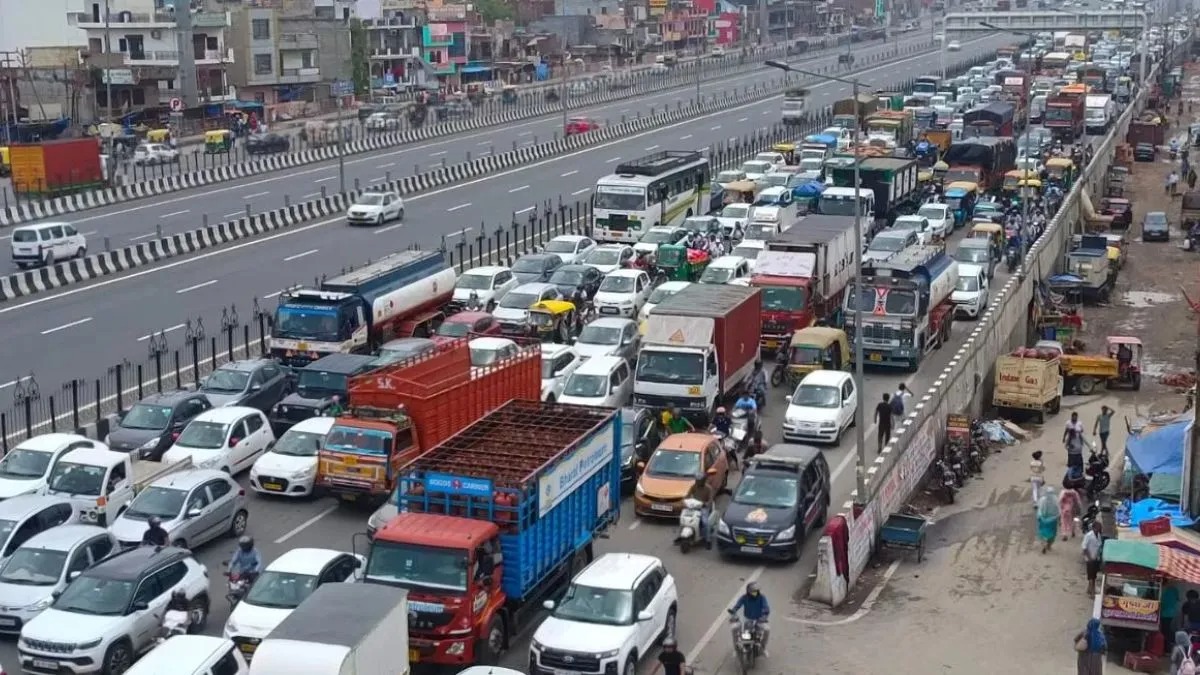
To reduce the pollution and traffic jams in cities due to vehicles, the government has come up with a City Logistics Plan (CLP). Under this, there will be separate roads for mainly goods carrying and passenger vehicles.
Implementation of this plan will also reduce logistics costs. CLP will first be implemented in Delhi and Bengaluru. Based on the experience of these two cities, a detailed guideline of CLP will be prepared for other cities of the country.
Japan leads the way
Japan is at the forefront in implementing CLP and countries like France, Germany and Netherlands also implement CLP to make cities efficient. Currently, goods carrying trucks and other vehicles also have to pass through the same city roads on which passenger vehicles ply. This leads to both problems of congestion and pollution.
At the same time, while preparing the mobility plan of the city, usually the problems of goods vehicles are not given much attention. Goods vehicles have to wait till night to pass through the city. This increases their cost. These challenges will be solved under CLP.
CLP is a part of logistics policy
In the year 2022, the logistics policy was brought by the Department of Promotion of Industry and Internal Trade (DPIIT). CLP is a part of this logistics policy. In the year 2022 itself, Delhi and Bengaluru were selected for implementing CLP and now with the help of Delhi and Karnataka government, CLP is almost ready for both the cities.
According to the DPIIT official, under Indo-German Technical Cooperation, the help of German companies has been taken in preparing the CLP model of Delhi and Bengaluru. He said that after the implementation of CLP of Delhi and Bengaluru, efficient infrastructure for cargo and passenger vehicles will be created within the cities of the whole country. This will make it easier to do business and will also help in bringing the carbon emission level to zero by the year 2070.
--Advertisement--

 Share
Share



